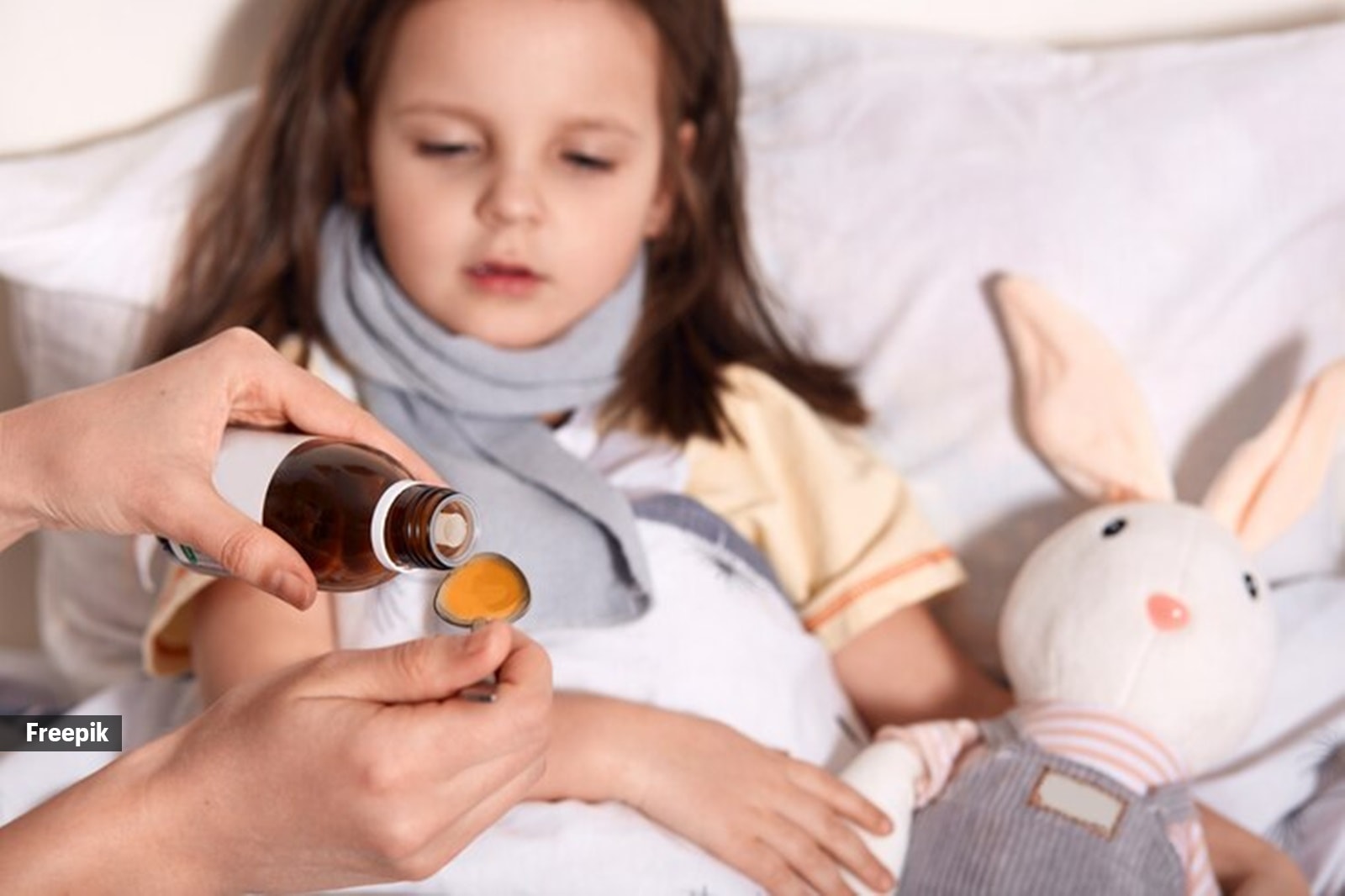📣 For more lifestyle news, click here to join our WhatsApp Channel and also follow us on Instagram
Here’s how long different syrups last after opening and the health risks of using expired ones
Food science reveals how long different syrups can be safely consumed after opening and the best practices for storage.
 The shelf life of syrups varies depending on the type of syrup. (Source: Freepik)
The shelf life of syrups varies depending on the type of syrup. (Source: Freepik)Many people have a habit of using syrups long after they’ve been opened without considering whether they’re still safe for consumption.
Whether it’s maple syrup, cough syrup, or fruit syrups, the shelf life can vary significantly depending on the type and how it’s stored. But how long is it safe to use these syrups once the bottle has been opened?
Understanding the proper storage and expiration guidelines for syrups is crucial for avoiding potential health risks and ensuring the best taste and effectiveness. Alok Singh, a food science expert at Diga Organic Farms, provides insights into how long different syrups can be safely consumed after opening and the best practices for storage.
How long can different types of syrups be safely consumed after being opened?
The shelf life of syrups varies depending on the type. Singh explains, “Maple syrup, once opened, can typically last up to 1 year if stored in the refrigerator. Its low water content prevents bacterial growth, but keeping it cold helps preserve its flavour and freshness for longer periods.”
Singh advises that fruit syrups, such as those made from berries or other fruits, generally have a shorter shelf life. Once opened, they should be consumed within 6 to 12 months if refrigerated. Because these syrups often contain more sugars and sometimes artificial preservatives, they can last longer than fresh fruit but are still susceptible to spoilage due to their higher water content.”
Regarding medicinal syrups, he notes, “Medicinal syrups, such as cough syrups, usually have a printed expiry date that should be adhered to. Once opened, they can typically be consumed for up to 6 months, but always check the packaging for specific recommendations. Storing them in a cool, dry place can help extend their effectiveness, though refrigeration is not usually required.”
 Medicinal syrups, such as cough syrups, usually have a printed expiry date that should be adhered to. (Source: Freepik)
Medicinal syrups, such as cough syrups, usually have a printed expiry date that should be adhered to. (Source: Freepik)
What are the signs that a syrup has gone bad?
Singh outlines several indicators of spoiled syrup:
Texture Changes: If the syrup becomes unusually thick, lumpy, or develops crystals or grit, it may no longer be safe to consume.
Colour and Clarity: A change in colour, such as darkening, or a shift from clear to cloudy appearance, can indicate bacterial or mould growth.
Taste and Smell: Spoiled syrups often have a sour or fermented smell, or they might taste off — more bitter or less sweet than usual.
Mould: Visible mould growth, often seen on the surface of the syrup or around the cap, is a definite sign the syrup has gone bad.
How does refrigeration affect the shelf life of syrups once opened?
Singh stresses the importance of proper storage: “Proper storage, including refrigeration, can significantly extend the shelf life of syrups. Maple syrup, for example, should be refrigerated after opening, as it is prone to mould growth at room temperature.”
He adds, “Fruit syrups, which contain more water, can also benefit from refrigeration. They are more likely to spoil if left at room temperature because moisture encourages bacterial growth.”
Singh advises that medicinal syrups ” generally not be refrigerated unless specified by the manufacturer. Most of these syrups contain preservatives that help maintain their stability at room temperature. However, they should always be stored in a cool, dry place, away from direct sunlight.”
Are there health risks associated with consuming expired syrups?
Singh warns, “Consuming syrups past their recommended usage period can pose several health risks, even if they appear normal. Spoiled syrup can contain mould or bacteria, which could lead to foodborne illnesses.”
It’s always safer to follow the expiration dates or recommended time frames for use. Even if a syrup looks and smells fine, it may still harbour harmful microorganisms, especially if it has been improperly stored, he asserts.
DISCLAIMER: This article is based on information from the public domain and/or the experts we spoke to. Always consult your health practitioner before starting any routine.
📣 For more lifestyle news, click here to join our WhatsApp Channel and also follow us on Instagram






- 01
- 02
- 03
- 04
- 05





















